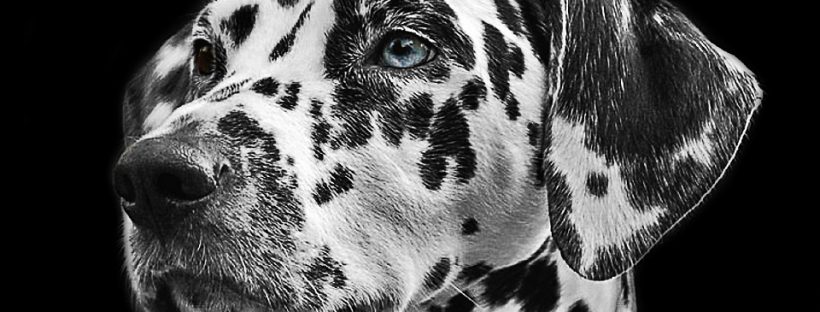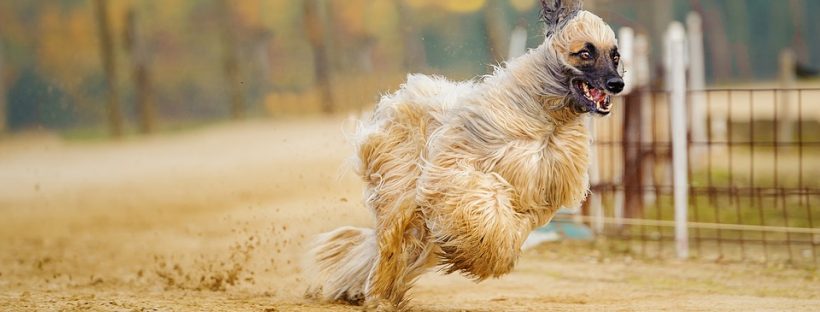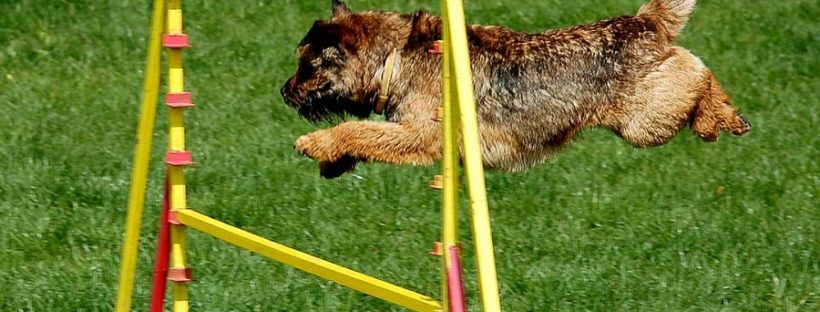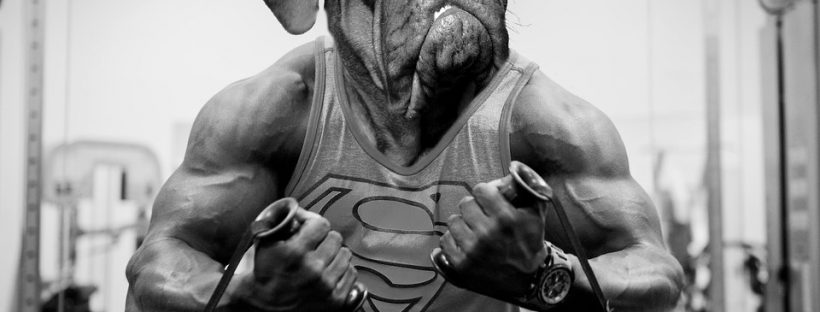Dals, as dogs from this breed are often called, are a very popular appearance in any setting. Dalmatian training is important, not only because it allows you to live peacefully with this energetic dog but also because Dalmatians tend to attract a lot of attention, especially from children, and you want the dog to be properly socialized and safe. Dalmatian training programs are designed to suit the dog’s natural characteristics of a companion dog. Dalmatians seek affection but only from the people they trust – and they tend to take a while before trusting strangers. As with any dog breed, personality differences can be noticed with Dals – some area easier to train, some will give you a hard time. Here are a few of the most common Dalmatian training tips that will help you shape your dog into a real friend and companion:
Continue readingCategory: Dog Training
Bandog training
The word “Bandog” or “Bandogge” is mostly used as the generic name for any bulldog mastiff breed and specialized Bandog training programs exist in order to help owners receive some control over this aggressive dog breed. The Bandogge is a thick and muscular dog with a very athletic look, with colors ranging from black brindle to pure black, red, and tawny. The Bandog is very dog-aggressive and this is one of the main characteristics that dog trainers work on. This is why, if you are not an experienced dog trainer or owner, you should leave Bandog training to a professional.
Continue readingAfghan hound training
Belonging to the sight hound family – greyhound-like dogs- the Afghans are a unique dog breed which requires special training. If you own an Afghan hound or you are thinking of purchasing one, please note that Afghan hound training is difficult and quite time consuming. The Afghan dog stands from 24 to 28 inches tall with males weighing approximately 60 pounds and females weighing around 50 pounds. When choosing an Afghan makes sure the coat is silky and long on the body and fine on the neck area. When creating your Afghan hound training program you have to take into consideration the characteristics of the breed: agility, endurance, tenacity and cunningness. Afghan hounds can reach speeds of around 40 mph and can jump up to 20 feet and leap 7 feet straight up from a standing still.
Continue readingSuccessful dog training
Many people have difficulty comprehending the real purpose of dog training – it doesn’t come down to turning your pet into a robot, that accurately responds to your every command. Instead, dog training is meant to facilitate the bond between owner and pet, to help the dog become a better, safer, and more pleasant companion for his or her master. Dog training is not about power – it is about communication.
Continue readingHere Is The Perfect Way Of Potty Training Your Puppy: A Puppy Apartment
A puppy apartment is a potty training crate that has received a lot of reviews recently. We all know that many puppies are usually taken to shelters and made to sleep simply because people are too lazy to potty train their puppies. A puppy apartment is constructed in a way that it makes the potty training process a lot easier.
Continue readingHow I Managed To Effectively Train My Dog
My parents never bought me a dog when I was growing up, and so I never thought I would ever be interested in having one in my life. However, all these came to change when I was coming home from work this fateful day. I found some naughty boys beating up a nice dog but when they saw me they ran away. As I came out of my car, the poor dog came running to me for refuge; I pitied him and so I took him home with me. I called a veterinarian to check him and from that day I decided to keep him at home and i was training the dog. To date, he is loved my entire family and I never regret having him.
Continue readingTraining Your Dog for the Coming of a New Baby
Time and again, people have told you that getting a dog would be sort of a preparation for when you finally have kids. That is true, to an extent. Having a pet means you’re responsible for another creature’s well being. Yet unlike a baby, a dog can live on its own.But once you do put that dog in your house, it will be your duty to feed him, train him, clean him, and even occasionally pamper him with toys and accessories.
Continue readingHow To Keep Your Dog Fit And Healthy
Obesity is a growing problem not only among humans, but also among pets. A veterinary survey conducted by the Association for Pet Obesity Prevention revealed that in the United States, about 53 percent of adult dogs and 55 percent of adult cats are considered overweight or obese. For more statistics on this nutritional disease, click on this link. In fact, many well-meaning pet owners do not realize that their animal friends are overweight, adding to the problem.
Continue reading






